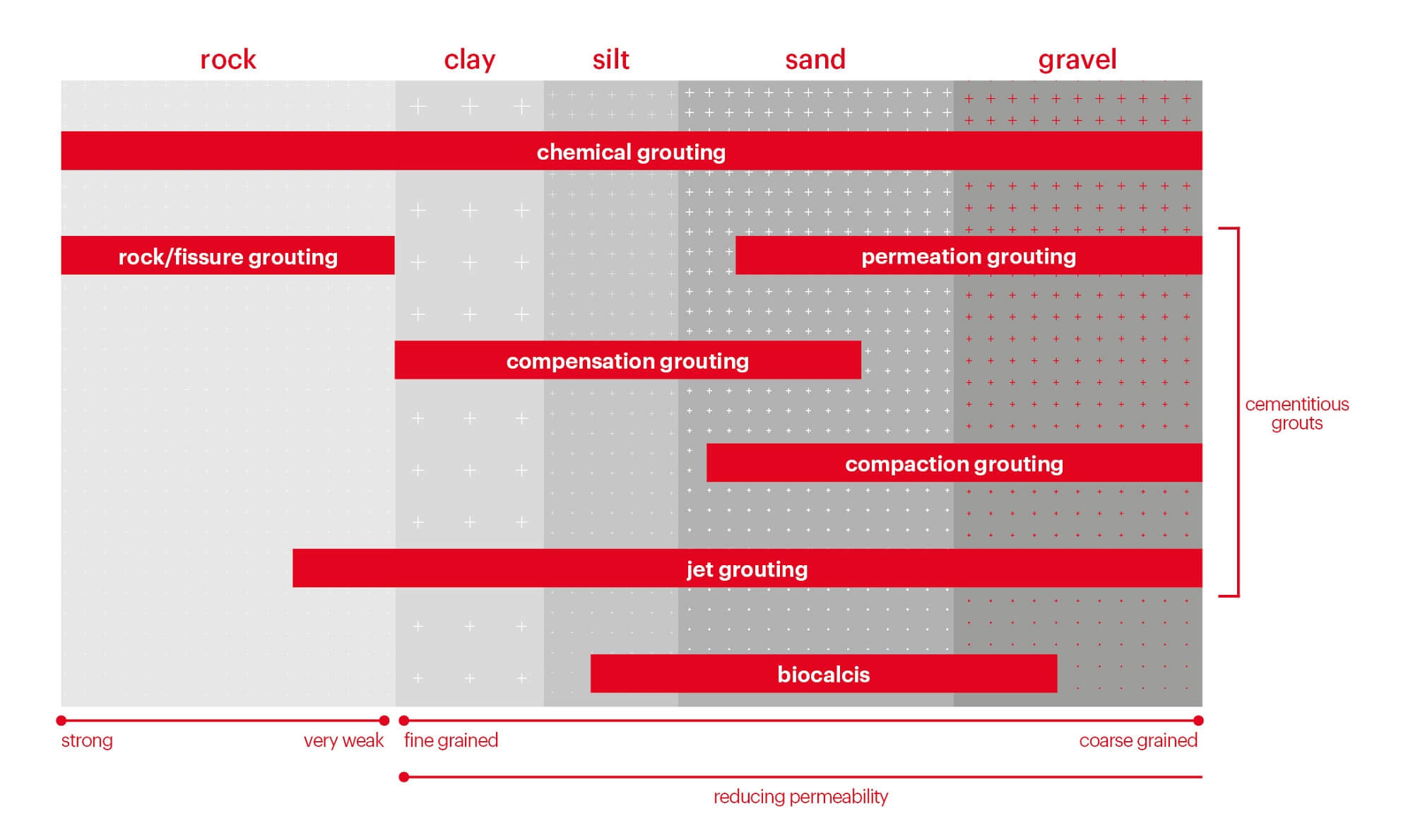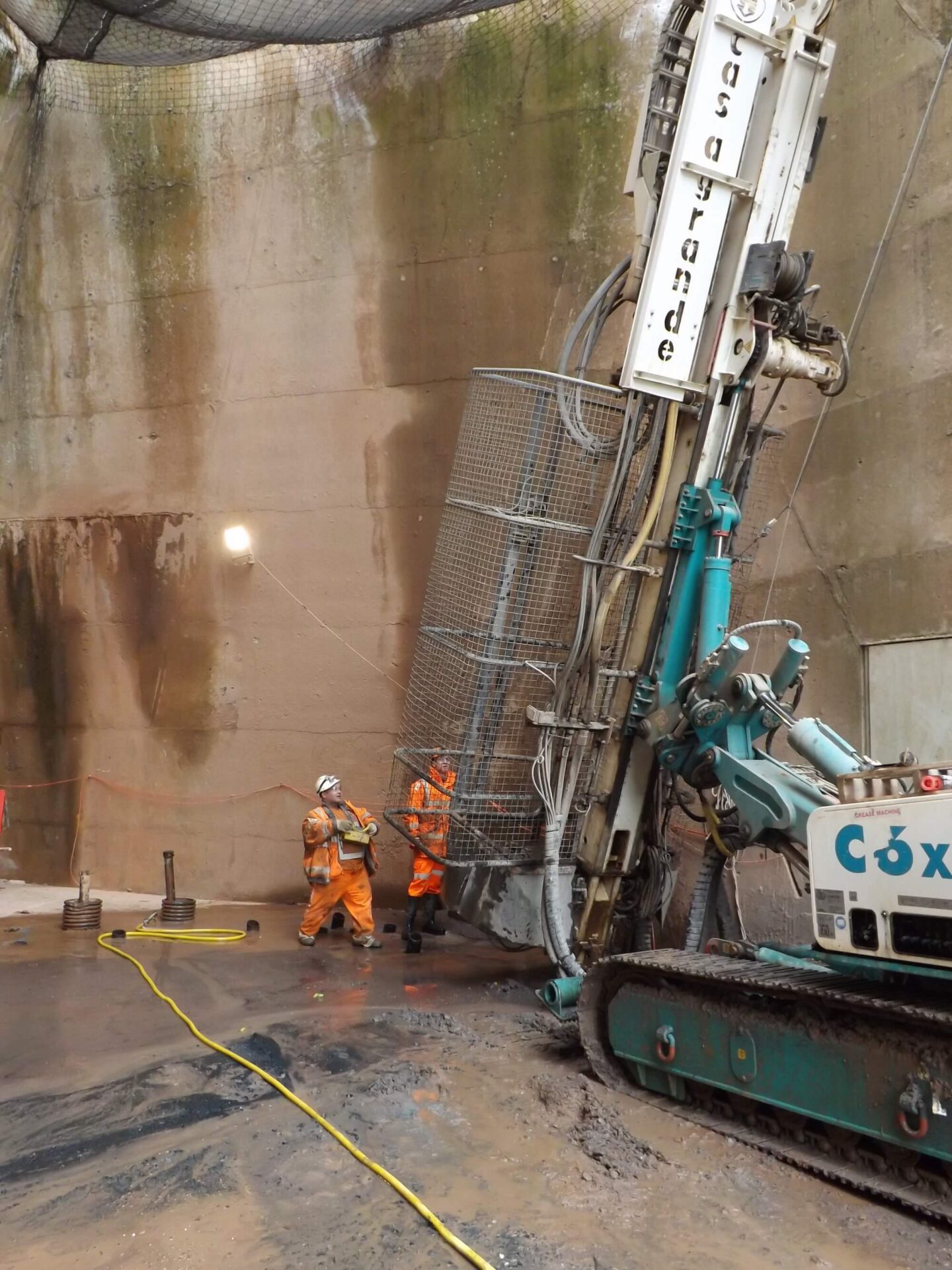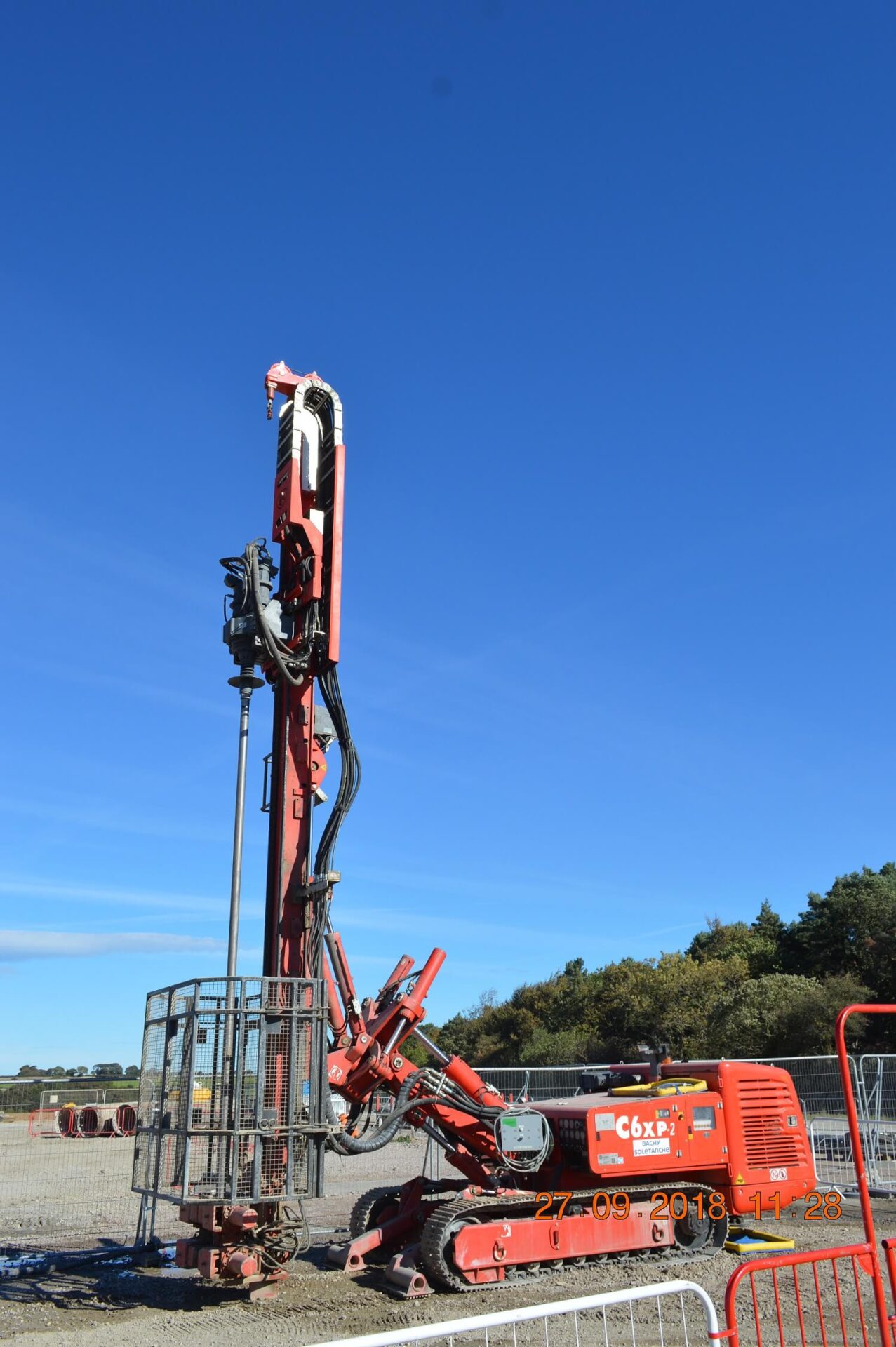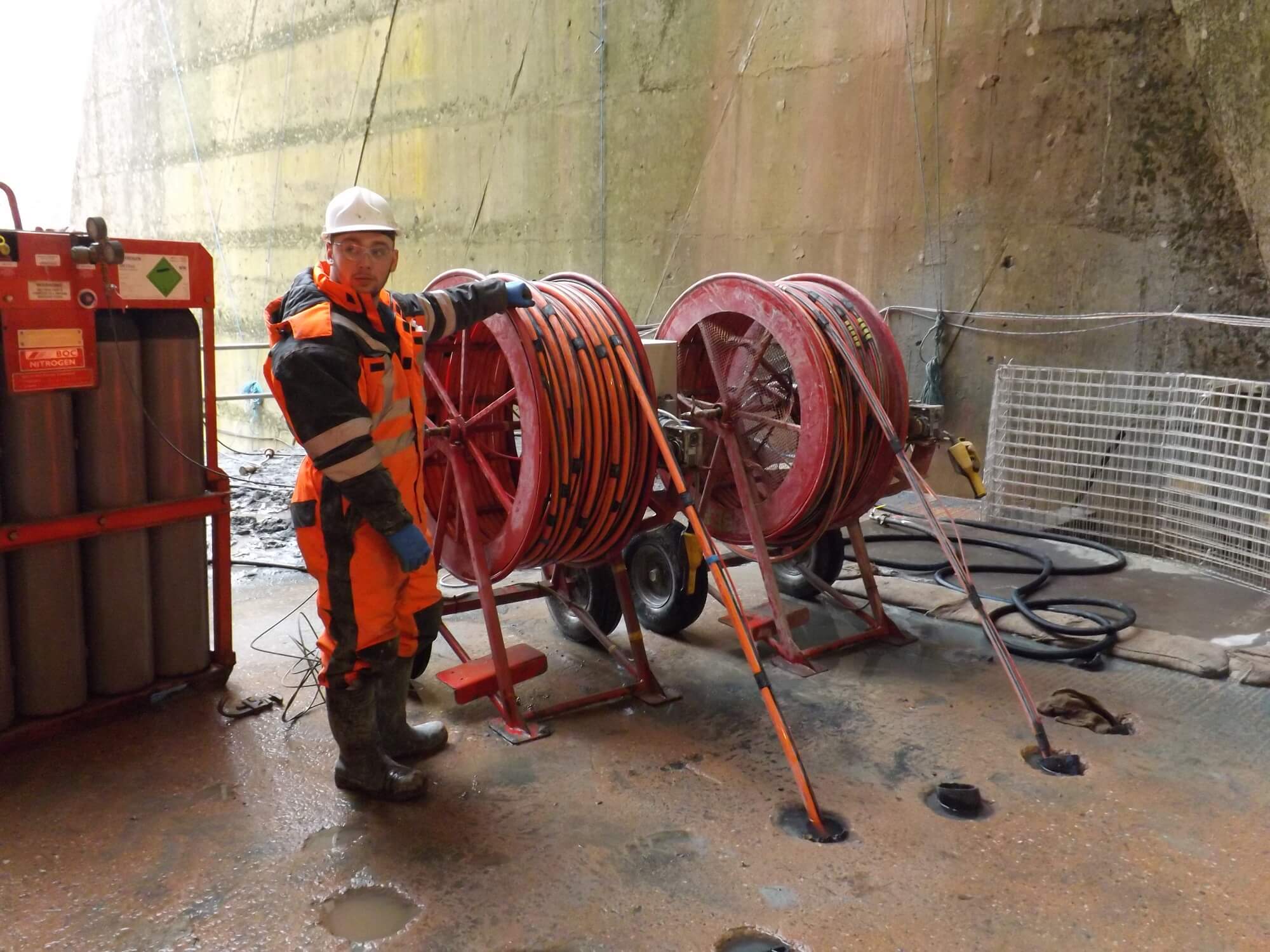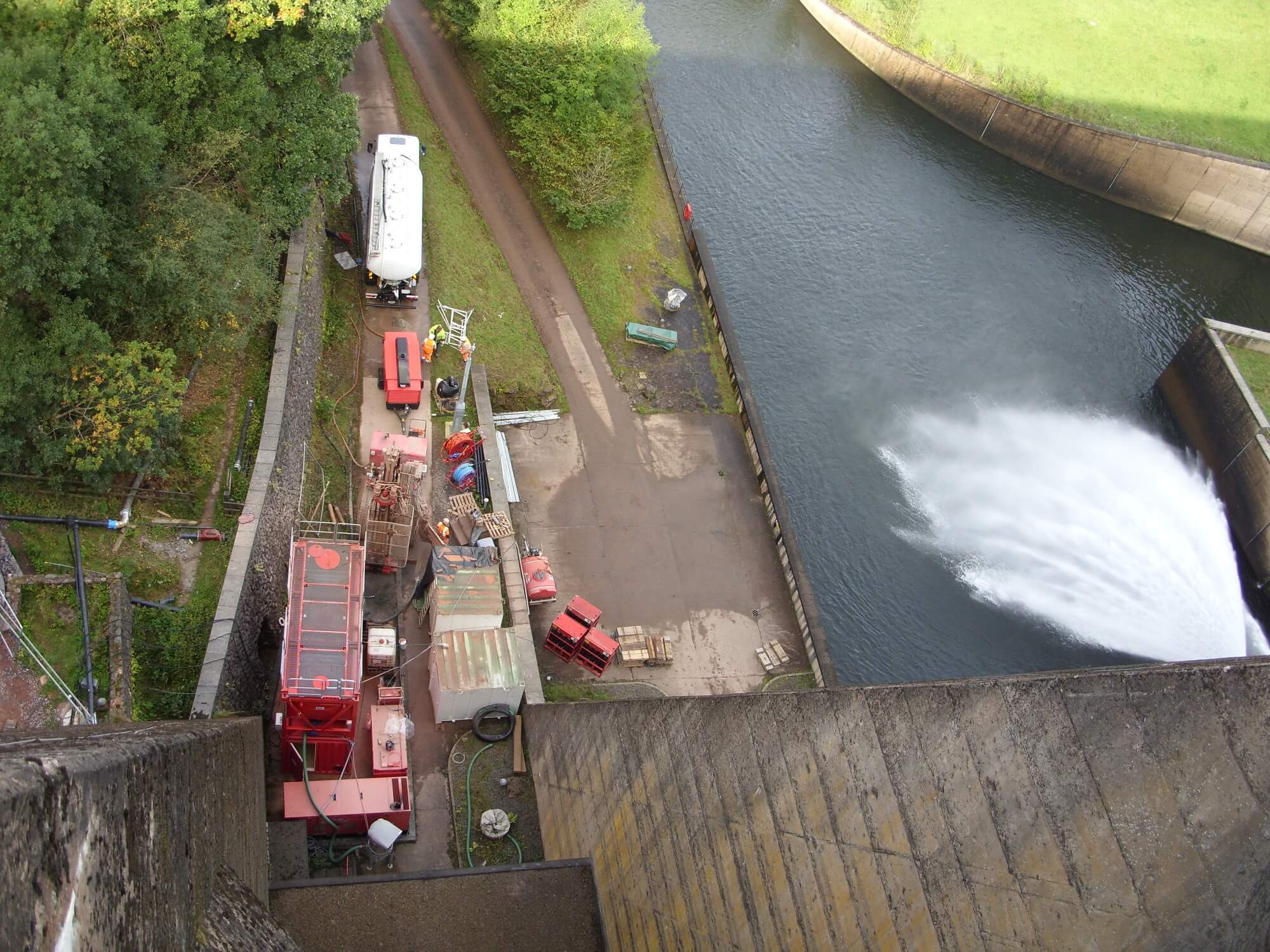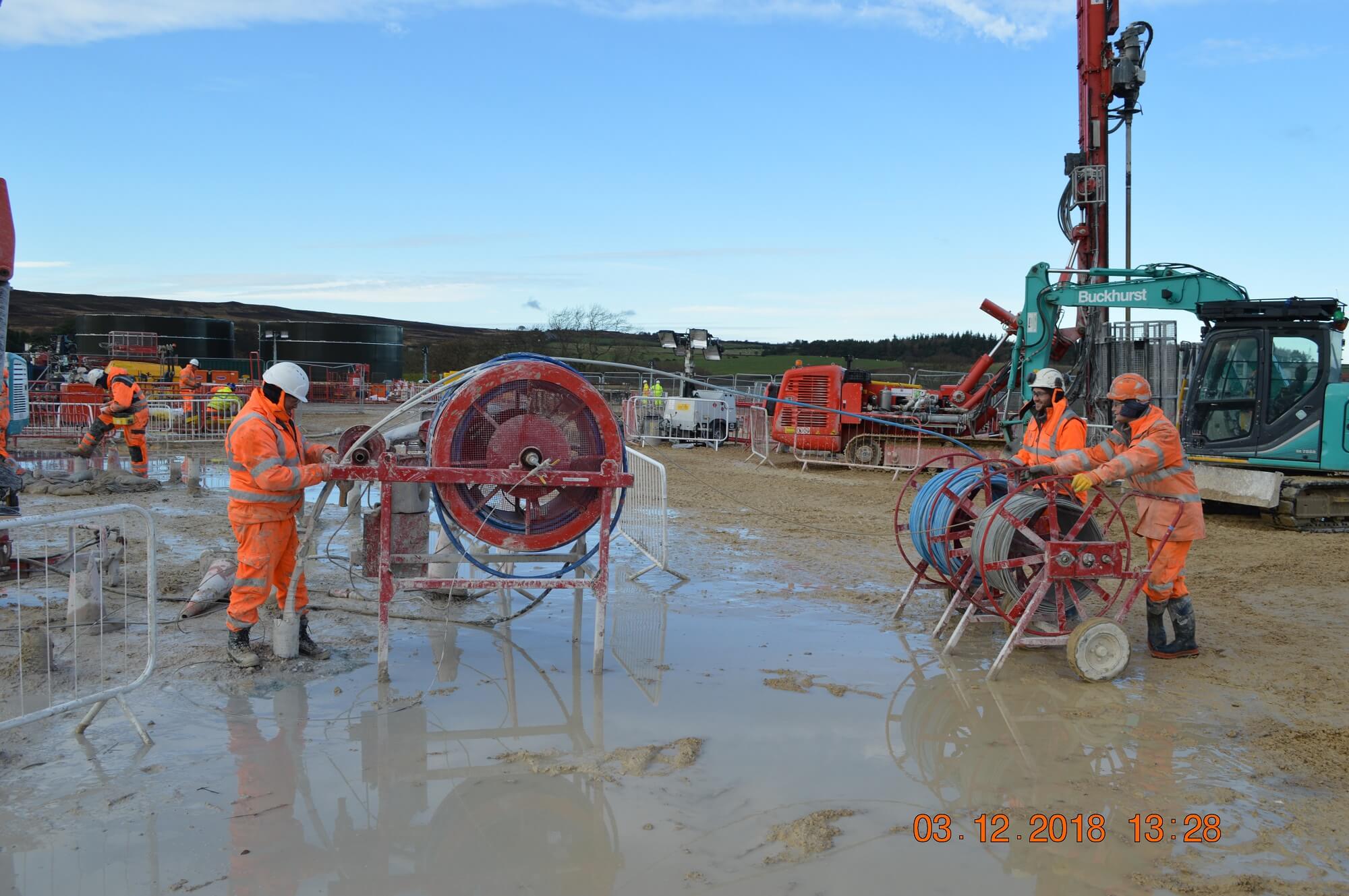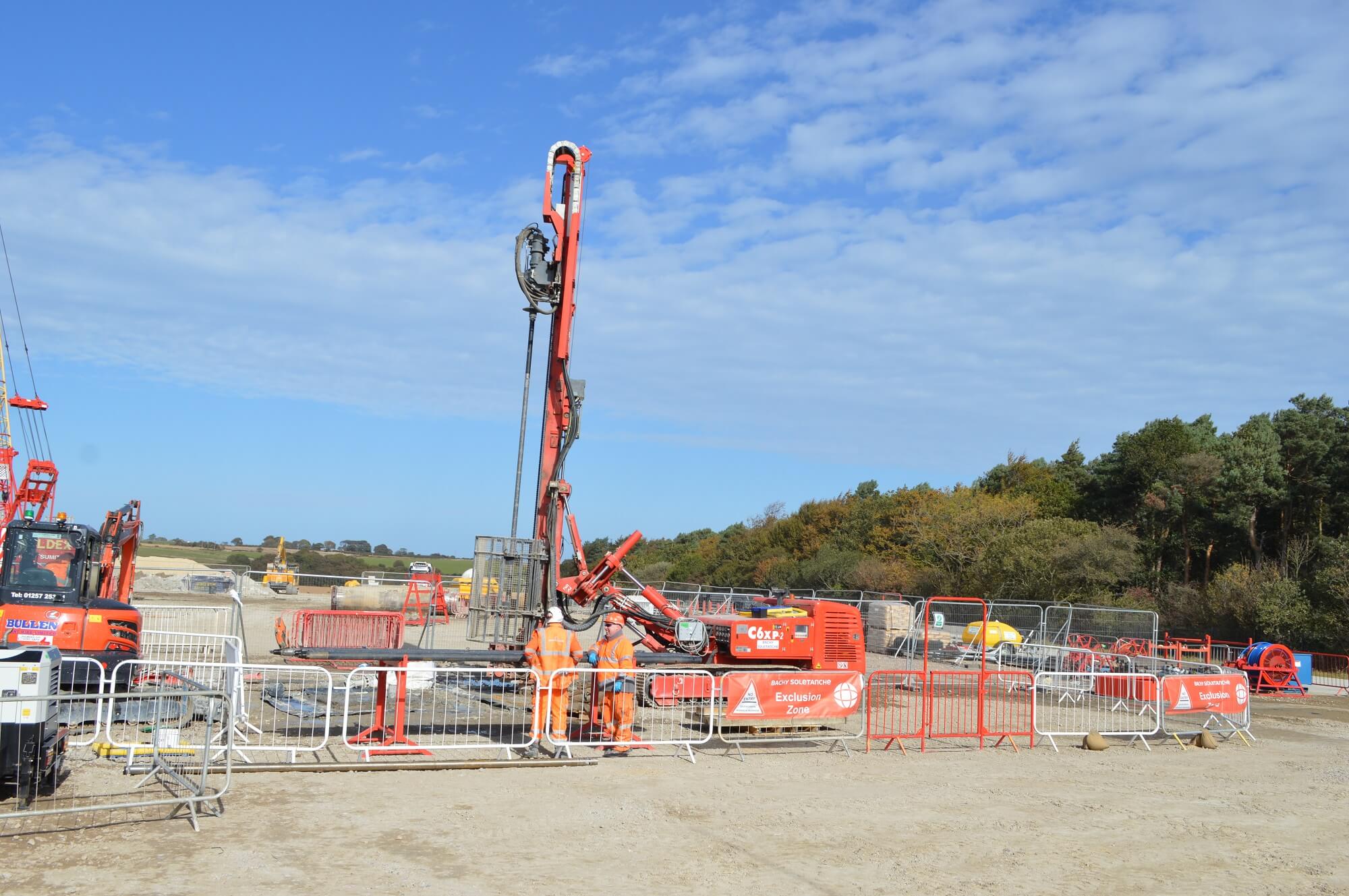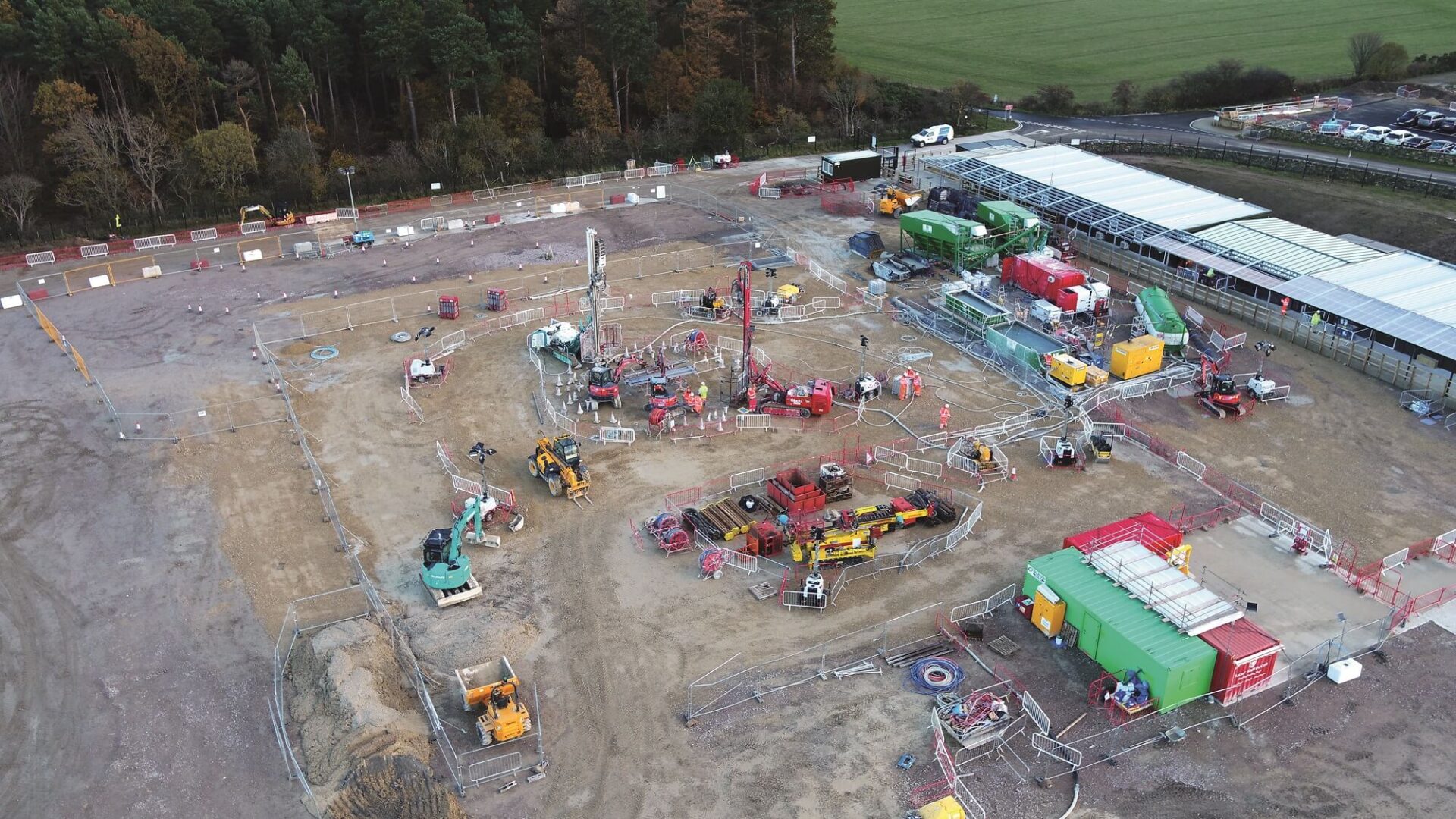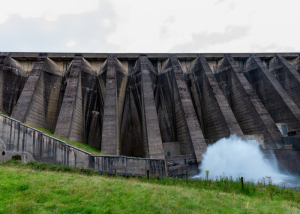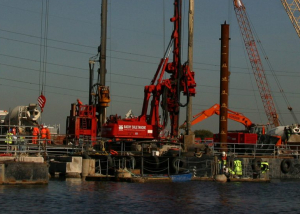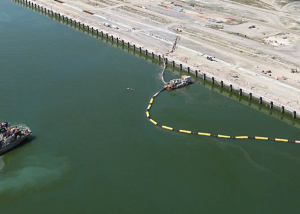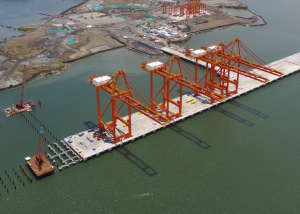Grout infilling of discontinuities, fissures, fractures or joints in the rock mass with the intention of reducing permeability. This technique is particularly employed for dam, tunnel and shaft construction / remediation.
HOW IT WORKS
The process involves the stage grouting of rock fractures and joints, voids and fissures. Grout holes are drilled to the top of the required treatment zone, plus a specified length (three to five metres). Grout is then injected using computer piloted mixing and pumping equipment to pre-determined pressures, volume and flow-rate, in order to grout the rock mass associated with this top stage. Once the grout in this initial stage has set, the grout hole is extended a further stage length (three to five metres) and the grouting process is repeated.
These works are undertaken on a primary, secondary, tertiary and potentially quaternary sequence of grout holes. The grouting parameters for each stage are determined by the preceding grouting phase.
The grouting scheme is developed taking careful consideration of the available site investigation and hydrological reports from which grout materials design, volume, pressure and flow-rates are determined in order to meet the client’s specified requirements.
For this technically challenge process, real-time computer monitored grouting software is employed with full data capture and post injection modelling available.
Capability: Depending on ground conditions, grout curtains of up to 160m are achievable, but require very accurate drilling systems. Permeabilities in the order of 1×10-8 are regularly achieved.
Advantages: Suitable for areas with restricted access, can achieve greater depths that other methods, can manage hard strata.
